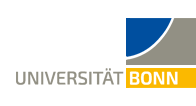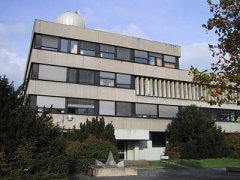
- Quick links:
- German ALMA Community Day 2025
- Announcement for early proposal planning
- Proposal Preparation Support: Online Resources
- Dual-anonymous Guidelines
- Information on the proposal review process
- LEGO ALMA - Radiointerferometrie verstehen leicht gemacht
- ALMA Status Page
- ALMA Configuration Schedule
- The German ARC node:
- Home
- About us
- Visiting us
- Contact
- ARC staff
- Newsletter
- Host institutes:
- University of Bonn
- University of Cologne
- Impressum
- Datenschutzerklärung
- The European ARC:
- ALMA at ESO
- European ALMA Regional Centre
- ALMA Science Portal
- ALMA Helpdesk
- European ARC nodes:
- German node
- Allegro (Dutch node)
- Italian node
- U.K. node
- Nordic node
- IRAM node
- Czech node
- External links:
- ALMA for the public
- ALMA at the NA ARC
- ALMA at the EA ARC
German ALMA Regional Centre (ARC) Node
The Atacama Large Millimeter/Submillimeter Array (ALMA) is a revolutionary interferometer for mm and submm astronomy in the Atacama desert in Northern Chile. It is operated by a global collaboration between Europe (ESO), North America (NRAO) and East Asia (NAOJ), in cooperation with Chile. The interface between ALMA and the user communities is provided by three ALMA Regional Centres (ARCs) in Europe, North America and East Asia.
The European ARC (EU ARC) is organized as a coordinated network with a central node at ESO Headquarters in Garching bei München and regional nodes located in Bologna(I), Bonn/Cologne(D), Grenoble(F), Leiden(NL), Manchester(GB), Ondrejov(CZ), and Onsala(S). The concept and the implementation of the EU ARC network has been described in an article in the ESO Messenger (Hatziminaoglou et al. 2015, Msngr. 162, 24).
The German ARC node is a collaboration of the universities of Bonn and Cologne. Its headquarters are located at the Argelander-Institut für Astronomie in Bonn. The German ARC node provides services to ALMA operations, the local astronomical community and the general public:
- User support
- Technical development
- Operational support
- Training and Outreach to the Scientific and Public Community



